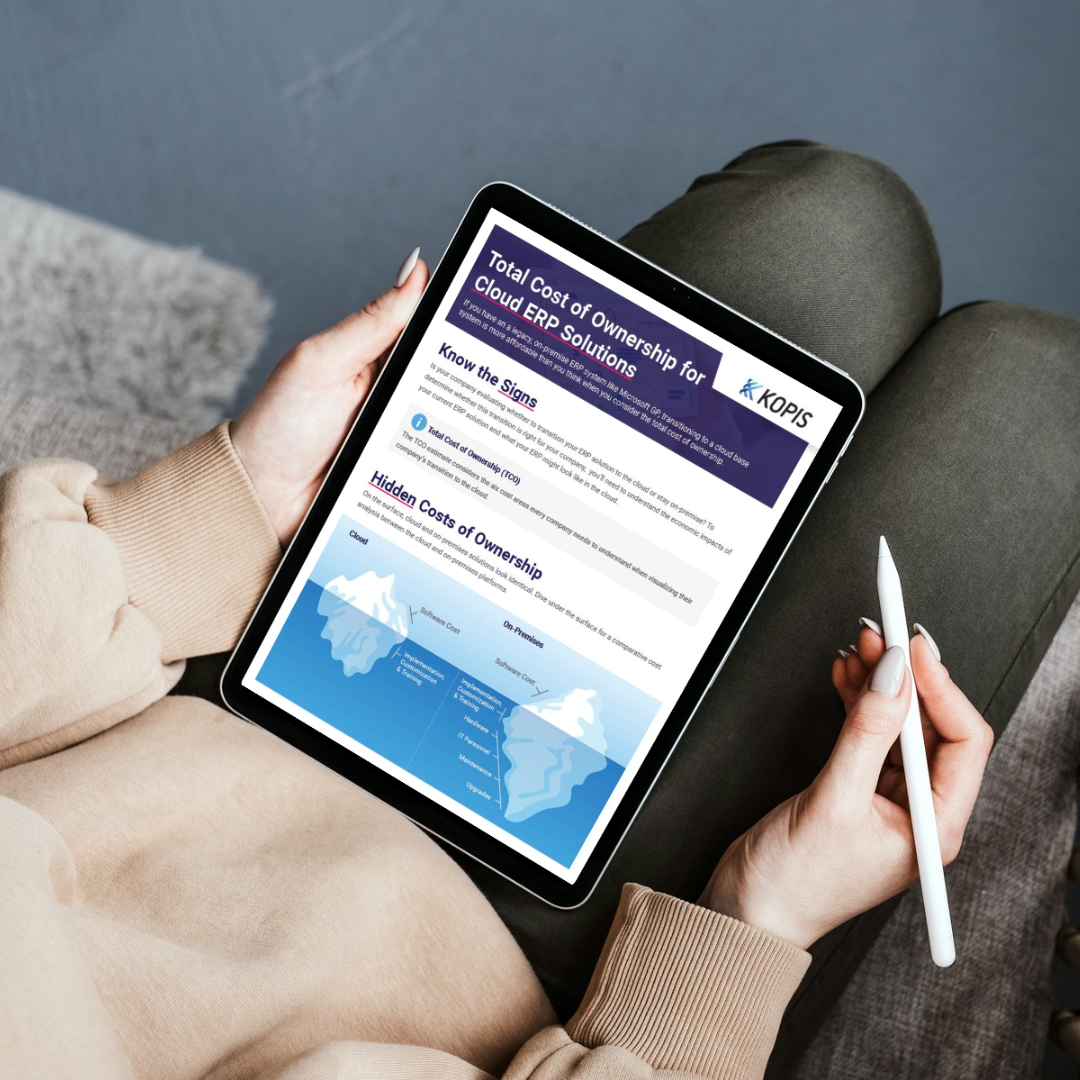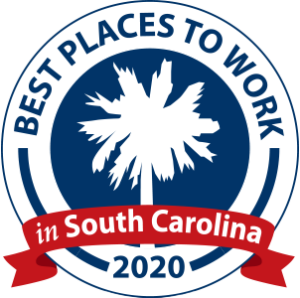
Dynamics GP has been a solid on-premises ERP solution for many years. But as technology advances, GP’s legacy infrastructure, often reliant on outdated hardware, is increasingly difficult to maintain.
Many companies using GP face challenges improving application performance, ensuring business continuity, and minimizing IT costs.
The truth is, growing companies eventually encounter the limitations of GP. Here are the three most common challenges organizations face:
- Strained Growth: GP struggles to handle increasing transaction volumes. Companies are forced to create numerous workarounds, making processes inefficient and hindering collaboration. This strain becomes evident as businesses expand, slowing growth efforts.
- Disconnected Systems: GP often operates in silos, with billing, CRM, and other critical systems handled separately. This leads to integration challenges, making remote work and collaboration difficult. 54% of GP users report struggling with system and process integration issues, creating operational inefficiencies.
- Reporting Limitations: Around 50% of GP users find creating reports overly complicated. This hampers their ability to gain immediate insights into business performance, delaying critical decision-making.
As organizations grow, they need more flexibility, faster scaling, and newer technology to stay competitive. Dynamics GP simply isn’t equipped to meet those demands.
Why Business Central?
As companies seek an upgrade from GP, many are turning to Dynamics 365 Business Central. Like GP, Business Central is a comprehensive ERP platform, but it is designed for the modern age, running in the cloud to provide enhanced capabilities and flexibility.
Here’s how Business Central enhances your operations and overcomes the limitations of GP:
- Unified Systems in the Cloud: Business Central brings together your financials, sales, operations, and service management, offering seamless integration across all systems, whether it’s payroll, CRM, or supply chain management. Unlike GP, this platform is built in the Microsoft Azure Cloud, which not only reduces infrastructure costs but also provides anytime/anywhere access from any device (whether Microsoft, iOS, or Android).
- Streamlined Processes: One of the greatest advantages of Business Central is its two-way access between Office 365 apps (Outlook, Teams, OneDrive, and others). Imagine your team collaborating in Teams and having real-time access to ERP data for orders, invoices, or customer information without leaving the platform. You can also integrate Power BI to embed real-time reports directly into Business Central, allowing for smarter, faster decision-making.
- Advanced Reporting with Dimensions: GP’s reporting is limited to predefined fields, but Business Central uses a dimensional foundation that allows for multi-level reporting beyond traditional chart segmentation. You can analyze financial transactions by department, customer, or project to get deeper insights into your operations, unlocking data-driven decisions that GP could not provide.
- Enhanced Inventory and Warehouse Management: Business Central significantly boosts inventory management with advanced warehouse functionality. It allows for real-time tracking of receiving, shelving, picking, and shipping processes, enabling more efficient workflows and improving throughput in warehouses. This functionality is particularly helpful for businesses with complex supply chains that GP struggles to support.
- Role-Based Customization: Personalization is key in Business Central. Every user can create a tailored work environment by modifying screens, moving fields, or even hiding unnecessary information. Unlike GP, Business Central offers personalized role centers that align with individual job responsibilities, making daily tasks easier to manage.
Business Central’s Integrated Ecosystem
The cloud-based Microsoft ecosystem is one of Business Central’s most powerful features. Not only do you get access to the full suite of Dynamics 365 products to enhance customer engagement, but you also gain access to the Power Platform (Power BI, Power Automate, and Power Apps). This enables you to automate workflows, build custom apps for unique business processes, and create powerful visual reports.
Business Central users can tap into Microsoft AppSource for industry-specific extensions and apps. These can be easily tested in your environment before full adoption, ensuring they meet your specific needs without disruption.
Comparing Total Cost of Ownership (TCO): Cloud vs. On-Premises
When comparing the costs of Business Central (cloud) and GP (on-premises), the implementation and training costs are similar. However, companies often mistakenly believe the cloud has higher long-term costs due to subscription-based pricing.
While GP offers a one-time licensing fee, on-premises solutions require ongoing expenses for hardware maintenance, IT support, and costly upgrades. Cloud solutions like Business Central significantly reduce these infrastructure costs and allow for remote work.
Enabling remote work on GP can be expensive, but Business Central’s cloud-based access offers this by default. Being able to login from anywhere was an important factor for the YMCA of Pierce and Kitsap Counties – watch YMCA talk through their decision to move to Business Central here.
Another advantage is the continuous improvement model of cloud-based ERP. Business Central updates occur quarterly, providing small, easily adoptable changes, without extra cost.
In contrast, GP’s major upgrades every few years often require significant downtime, planning, and additional costs. This means with GP, you may have to wait years for new features that Business Central users can access almost immediately.
Post-Migration Success: Keeping the Momentum Going
Migrating to Business Central is only the first step. To maximize your investment, it’s essential to focus on user adoption and training. By ensuring your team understands Business Central’s functionality, you can unlock its full potential and realize faster returns.
It’s also important to continuously assess your system as your business evolves. Business Central allows you to scale and adapt easily—whether that means adding new users, integrating industry-specific tools, or leveraging new features as they are rolled out.
By migrating from Dynamics GP to Business Central, you are not only modernizing your ERP solution but also positioning your company for future growth, flexibility, and long-term success.
Understanding Total Cost of Ownership
Understand the total cost of ownership for legacy accounting systems like GP. Download now to take a deep dive into the main categories that can drive or save costs.



